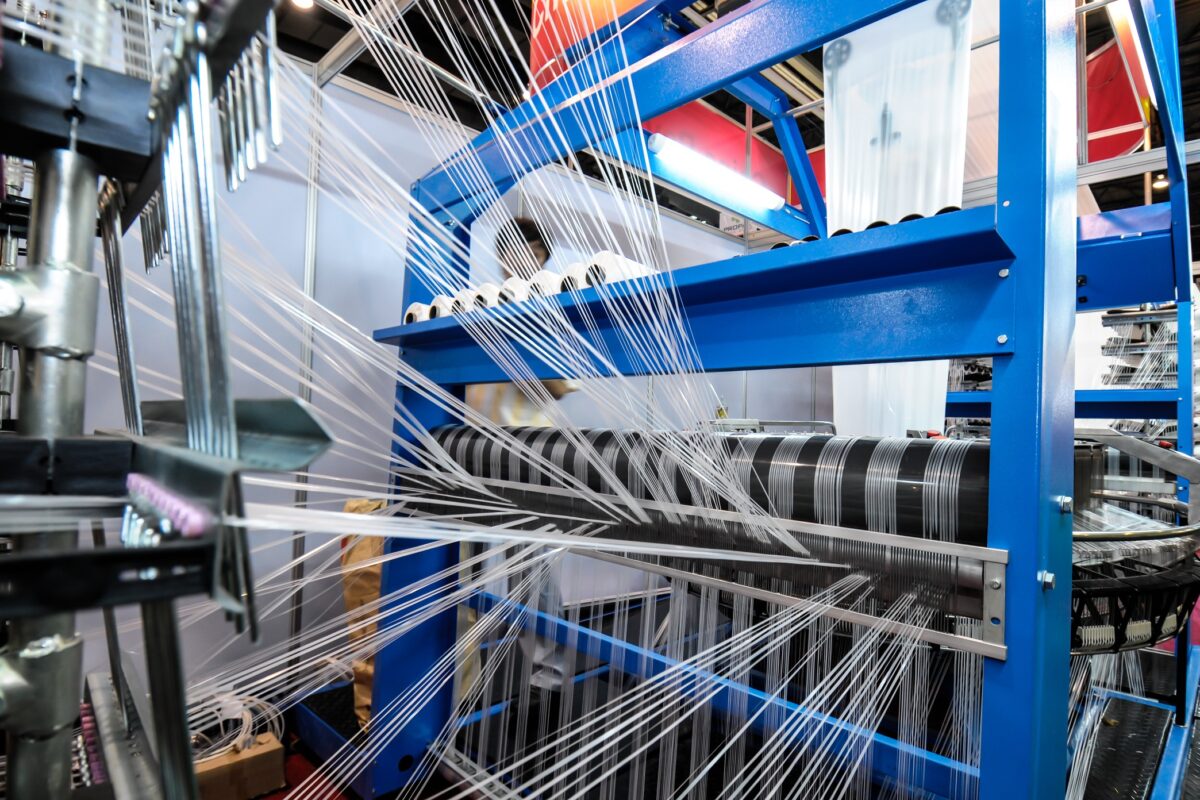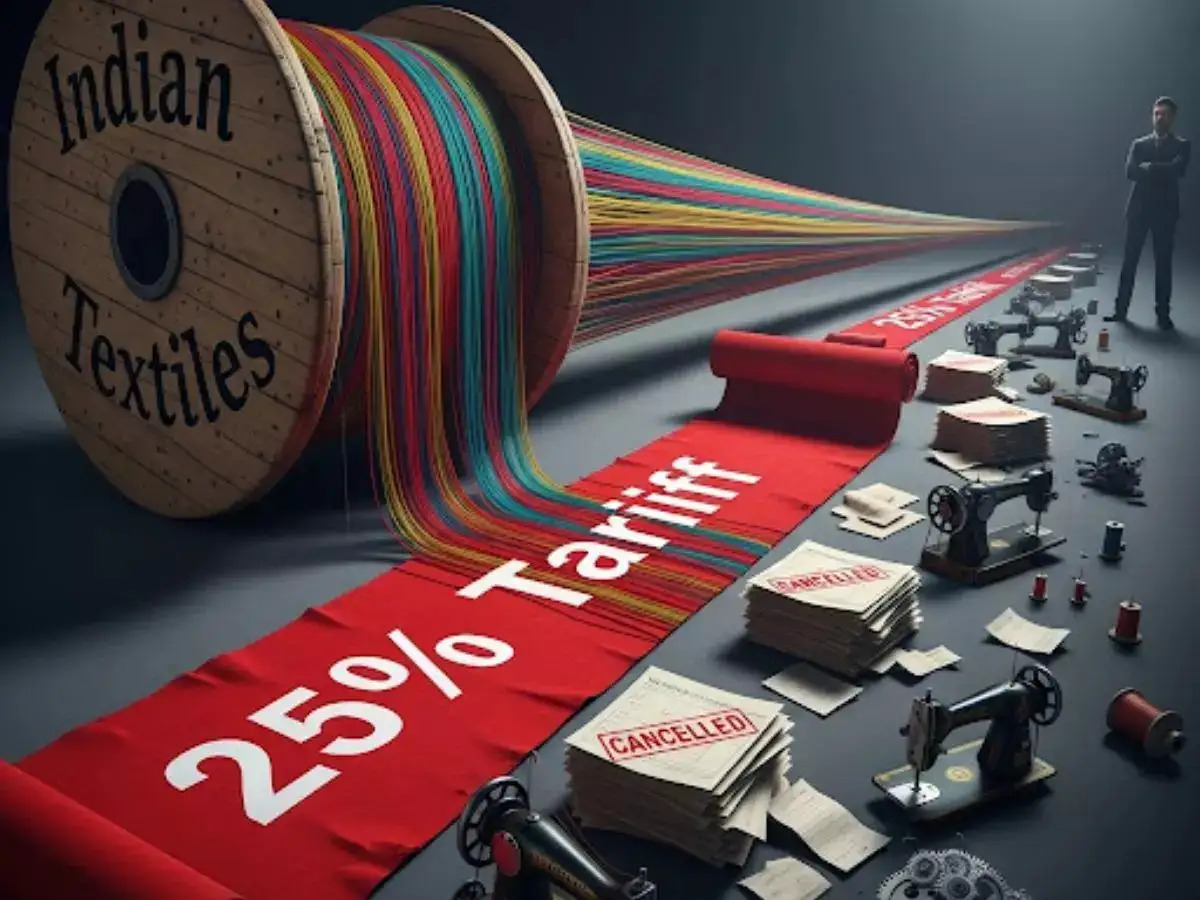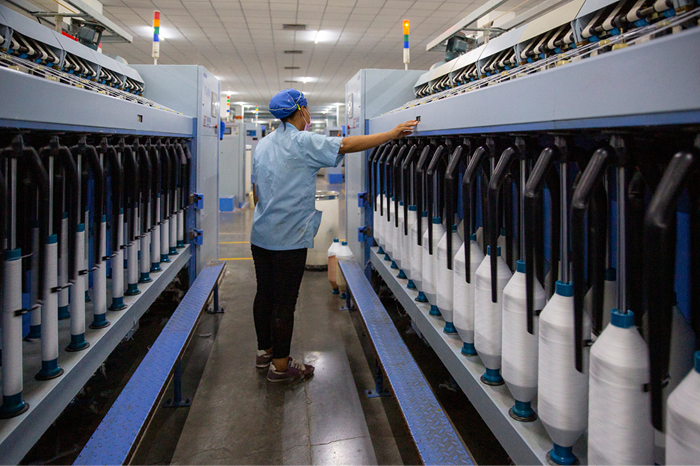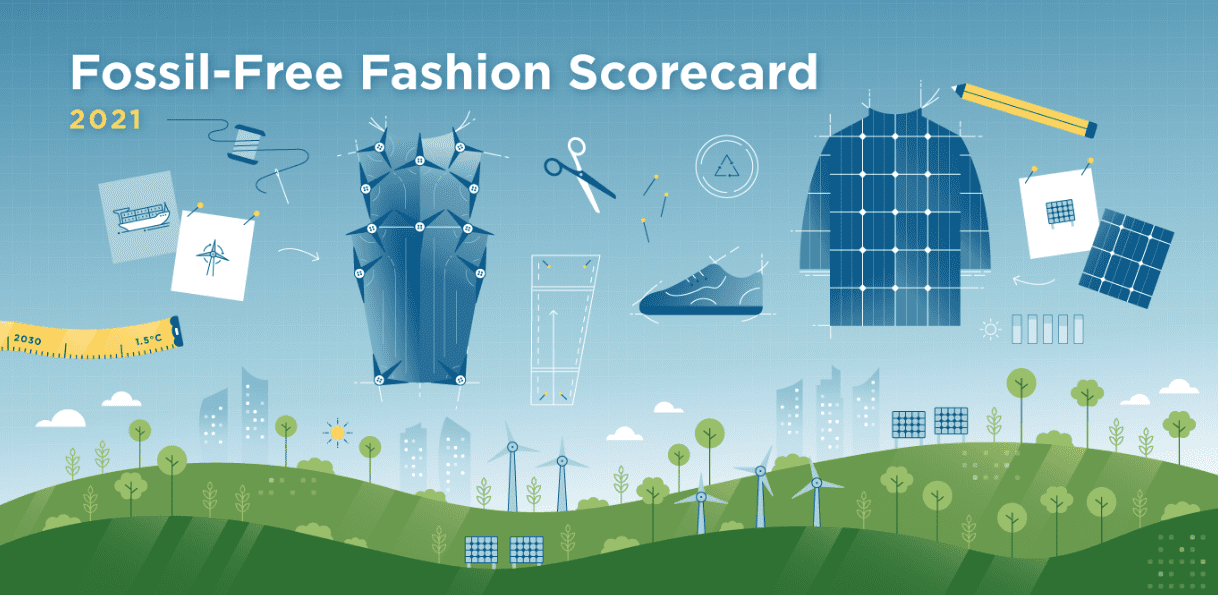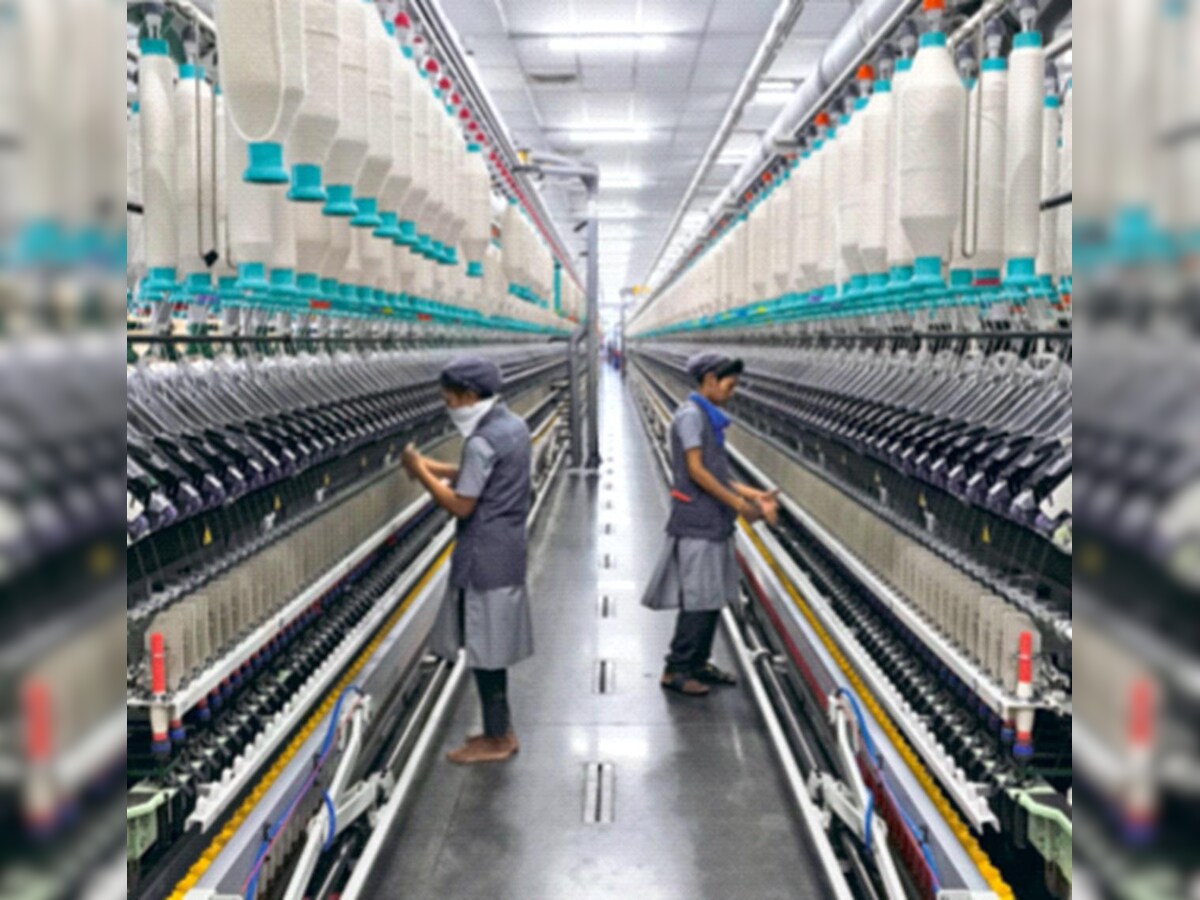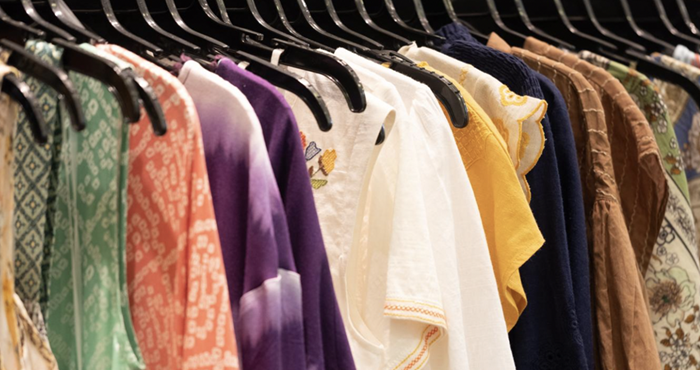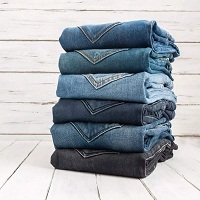 It’s been a year since the denim supply chain has been facing logistical and financial challenges like congested ports, factory shutdowns and tight shipping capacity. Adding to its woes, cotton prices have reached record breaking levels, forcing companies to reorganize operations, as per Mark Ix, Director-Marketing, North America, Advance Denim. According to retail intelligence platform Edited, price inflation has affected the denim category the most as cotton makes up over 90 per cent of the raw materials used to make denims. It has also led to stocks of Kontoor Brands falling 6 per cent as investors feared margin erosion.
It’s been a year since the denim supply chain has been facing logistical and financial challenges like congested ports, factory shutdowns and tight shipping capacity. Adding to its woes, cotton prices have reached record breaking levels, forcing companies to reorganize operations, as per Mark Ix, Director-Marketing, North America, Advance Denim. According to retail intelligence platform Edited, price inflation has affected the denim category the most as cotton makes up over 90 per cent of the raw materials used to make denims. It has also led to stocks of Kontoor Brands falling 6 per cent as investors feared margin erosion.
Not just cotton, prices of dyes too have increased 80 per cent alongwith the prices of other raw materials, says lx. To keep costs low, the China-based denim mill negotiates rates with suppliers on current order positions. However, the mill continues to get quotes from spinning mills based on the current cotton prices.
Price rise impacts larger denim brands
The price rise is impacting orders for larger brands. As Chip Bergh, President and CEO, Levi Strauss & Co explained, his brand is collaborating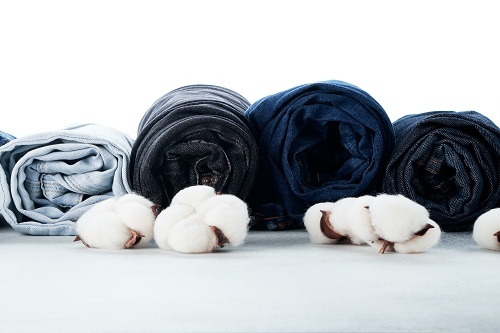 with partners to make purchases at optimal time for both parties. The company has negotiated most of its product costs through the first half of 2022 at very low single-digit inflation. In the second half it anticipates a mid-single digit increase in cost of goods sold, which it will offset with the pricing actions it has already taken.
with partners to make purchases at optimal time for both parties. The company has negotiated most of its product costs through the first half of 2022 at very low single-digit inflation. In the second half it anticipates a mid-single digit increase in cost of goods sold, which it will offset with the pricing actions it has already taken.
However, anticipating a dip in pricing is especially challenging in the current climate as all inputs are in an inflationary mode, explains lx. But, Levi’s remains nimble despite its huge size. The brand refashioned its stores into mini-distribution centers at the start of the pandemic allowing it to ship from retail locations. The brand also reduced its markdowns and increased prices by 5 per cent in Q2 across all geographies and channels, leading to 1 per cent increase in gross margins, reveals Harmit Singh, Executive Vice President and CFO, Levi Strauss & Co. Following suit, other brands too slowed their discounts. This may help them offset the increase in cotton prices. Guess and Lee have reduced promotions to boost bottom lines.
Tapping low-cost fibers
Meanwhile brands like Advance Denim are tapping low cost fibers to offset the rise in cotton prices. However, this may prove to be a step backward in terms of sustainability. To bring the denim industry out of current mess, companies must continue to focus on sustainability, affirms a 2020 study by trend forecasting company WGSN. The Edited report shows, rise in material costs has actually unveiled opportunities for the industry to shift to other eco-friendly fibers like hemp, Lyocell and Tencel. This may end denim’s long dependence on cotton.
Many mills have been looking into blends with recycled and alternative fibers for the last few years to reduce the impact of cotton price rises. However, cotton will continue to remain important in the denim industry despite its widening menu of fibers, adds Aman Tata, Director, Naveena Denim Mills.

